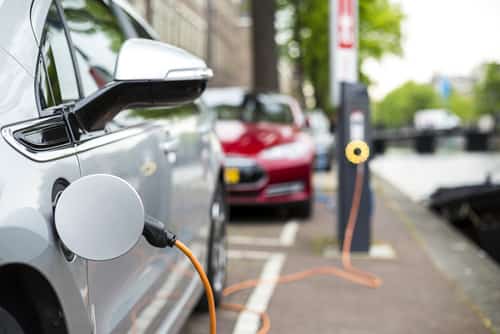A Guide to Electric Cars
The motoring industry has benefitted from numerous technological advancements in the last decade, and one of the most obvious is the electric car.
A report from the Department of Transport has found that new registrations of Ultra-Low Emission Vehicles in the UK have risen sharply. Between January and March 2016, 11,755 new ULEVs were registered.
For those who haven’t already considered making the shift towards an electric vehicle, we’ve created a guide to help you make an informed decision.
Electric car basics
There are three different types of electric car on the market, but all three variations run on lithium-ion batteries. These can be charged at home, at work or a public charge point. You’ll usually see these in supermarket or shopping centre car parks.
The three variations are:
- Purely battery powered. These EVs are powered solely by a battery, and don’t use any additional fossil fuels.
- Plug in hybrids.
- Range Extended Electric Vehicle.
Both plug in hybrids and range extended vehicles have a rechargeable battery power source, but also have a conventional diesel or petrol engine. These allow for longer journeys compared to those of battery-powered vehicles.
How to charge an electric car
The batteries on electric vehicles are charged using a pre-installed power source. You can have these installed at your place of work and your home. You’ll also find them in larger car parks next to the conventional parking spaces.
You might suffer from the misconception that EVs need to be constantly plugged into a specialist power source, but most can plug in a domestic 13amp supply at home.
When installing a charging point, you can also include a rapid charging unit that can significantly reduce the time your vehicle spends plugged into the power.
What models are available on the market?
Although electric vehicles have been around for decades, large manufacturers have only recently starting investing in the development of high quality vehicles.
As of 2017, there were more than 40 models of fully or partially electrically powered vehicles available to purchase.
These brands include Mitsubishi, Tesla, Audi, BMW, Peugeot and many more. Websites such as zap-map.com have systems that allow you to filter by manufacturer, vehicle class (i.e. executive, small family, saloon) and fuel type.
Do you get any assistance?
The government is always looking to encourage drivers to convert to low emission vehicles, and offer grants towards the cost of running the vehicle.
For example, the Office for Low Emission Vehicles (OLEV) released a report explaining that the registered keeper of the EV may receive up to 75% (capped at £500 inc VAT) off the total cost of charge point installation costs.
Put simply, if you want to install a charge point at home, the government will help cover the costs.
The main grant however is the Plug-in Car grant. This gives you 35% off the price of an electric car (to a maximum of £4,500) and up to 20% off the price of an electric van (to a maximum of £8,000). You can find out more about the grants and savings available on the Go Ultra Low website here.
So there we have it, our guide to the world of electric cars. What do you think? Do you have your own electric car at the moment? If you do, what made you purchase it, and if you don’t, would you ever consider it?
We’d love to hear your thoughts, so let us know in the comments below. Alternatively, you can Like us on Facebook or follow us on Twitter.
As a leading car, commercial and specialist vehicle rental supplier, we have access to a wide range of vehicles across the UK through our extensive supplier network.
We can also source electric vehicles as described above so if you are interested in finding out more about renting one then get in contact with a member of our team here. We look forward to hearing from you.




